The United States’ main goal must be to help Afghanistan prevent a takeover from a Taliban leadership that shows few genuine signs of breaking off ties to extremists, moderating its behavior, or compromising with the current government in the pursuit of peace, writes Michael E. O’Hanlon. This piece originally appeared in USA Today.
In recent weeks, a narrative about Afghanistan’s likely imminent collapse has begun to develop; with the last U.S. and NATO combat troops leaving the country in coming days it will only intensify. To counter it, the United States needs to help Afghan friends develop a strategy, and a public explanation of key elements of the strategy, that has a good chance of preventing a rapid and complete Taliban takeover of the country.
To be sure, any such strategy could come too late.
Our own intelligence community has now joined the chorus of those predicting the violent defeat of the Afghan government within the year. More than 10% of Afghanistan’s districts (akin to American counties) have fallen to Taliban control since the Biden decision to pull out all forces.
Not only NATO troops but also outside contractors, needed for maintaining the Western-built aircraft and other vehicles we transferred to Afghan security forces over the years, are pulling up stakes. Afghan forces who see compatriots surrendering in other areas, and know there is little prospect of being reinforced if they are attacked, may lose heart and lay down their arms preemptively.
Will Afghanistan fall?
Many American newspaper stories have emphasized our obligation to help those interpreters and other brave Afghans who have helped Westerners over the years to seek asylum. It is of course right to help these friends of the United States. But the spotlighting of this issue has the inadvertent effect of making it seem that, like Rome and Saigon before it, Kabul may soon fall.
In fact, it is worth remembering that even after Soviet forces left Afghanistan in 1989, the communist-installed Najibullah government held onto control in much of the country as long as Moscow’s economic and political aid continued – falling only in 1992.
A similar dynamic played out in South Vietnam in the mid-1970s, with the communist North Vietnamese seizing power only after Washington assistance to the Saigon government ended.
The fact that the Biden administration and key members of Congress welcomed Afghan President Ashraf Ghani and his top leadership team to Washington recently provides some glimmer of hope that something may still be salvaged in Afghanistan, starting with sustained Western financial aid for Afghanistan’s security forces.
Even so, such historical analogies and friendly meetings will not suffice. Nor will a strategy that simply tries to hold onto the whole country in the face of the Taliban onslaught. The Afghan government needs a fallback plan that would allow for selective protection of large swaths, but not all, of the country. There are some signs it is moving in this direction. It has already eliminated some remote military checkpoints that were always indefensible and very difficult to resupply. More such thinking is needed.
We can assist from afar
The new strategy is mostly for Afghans to decide upon, but it should include these elements, beyond continued financial and technical support from the United States, NATO and other countries:
- New ways to sustain several thousand Western contractors in or near Afghanistan are needed, so that these technical experts may help maintain the Afghan helicopters and fixed-wing aircraft crucial for moving Afghanistan’s small but excellent special forces around the battlefield quickly, and coming to the aid of ground troops under concerted Taliban attack.
- Some remote parts of the country’s south and east, especially in those Pashtun tribal belts most friendly to the Taliban, should alas be effectively conceded to the adversary. Again, some of this is already happening. Large parts of Helmand province, for example, belong in this category. Before becoming too despondent, though, it is worth remembering that comparatively few individuals from Afghanistan’s non-Pashtun ethnic groups – which collectively make up a majority of the population – support the Taliban in any way.
- Once NATO’s ground troops are gone, NATO airpower based in the broader region might be used to help Afghanistan’s own fledgling air force support its troops on the ground when under concerted attack.
- Certain areas that come under Taliban control should be counterattacked at some point, if and when Taliban leaders present inviting targets to Afghan forces.
- The more suitable of Afghanistan’s many militias should be placed on government payroll and integrated into an overall campaign plan. Payments should be contingent on some measure of restraint and respect for innocent lives on the part of these groups.
- A strategy for protecting key parts of Kabul should be developed in tactical detail. It might not prove possible to hold the whole capital.
- Large camps should be prepared for those Afghans who become internally displaced due to fighting in their home regions or due to the brutality of Taliban rule that may result in some areas.
Ultimately, our hope must be that future Taliban leaders, as well as their Pakistani friends, realize that their dreams of a quick victory after NATO’s departure from Afghanistan were illusory. At that point – but probably only at that point – a future peace process may have a chance. Until then, our main goal must be to help Afghan friends prevent a takeover from a Taliban leadership that shows few genuine signs of breaking off ties to extremists, moderating its behavior, or compromising with the current government in the pursuit of peace.
The Brookings Institution is committed to quality, independence, and impact.
We are supported by a diverse array of funders. In line with our values and policies, each Brookings publication represents the sole views of its author(s).
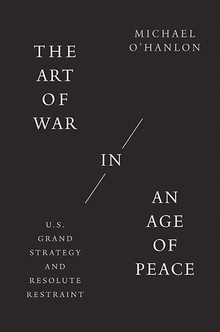


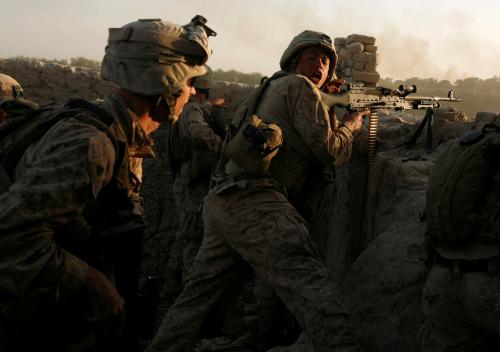
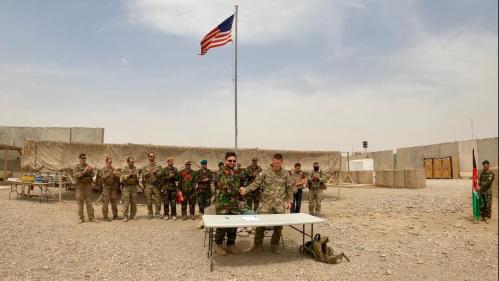
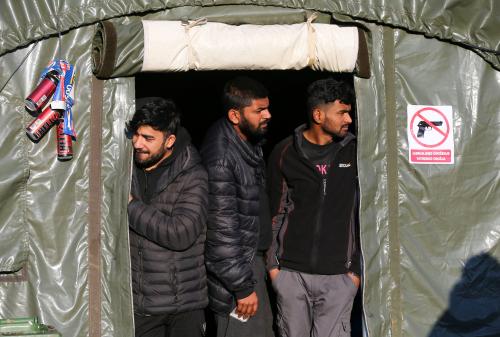

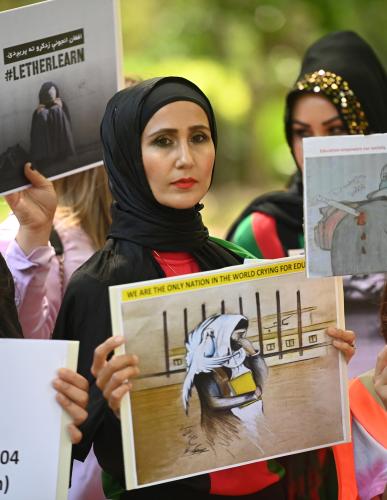
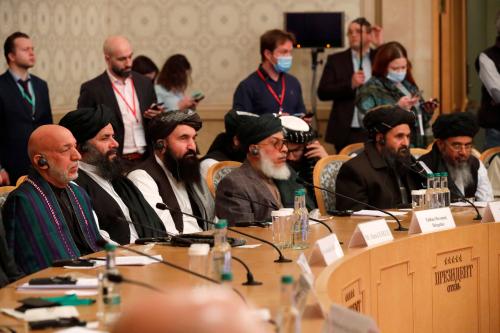
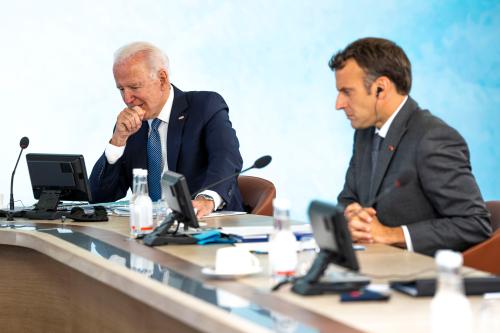
Commentary
Op-edHere’s how we can save Afghanistan from ruin even as we withdraw American troops
July 5, 2021